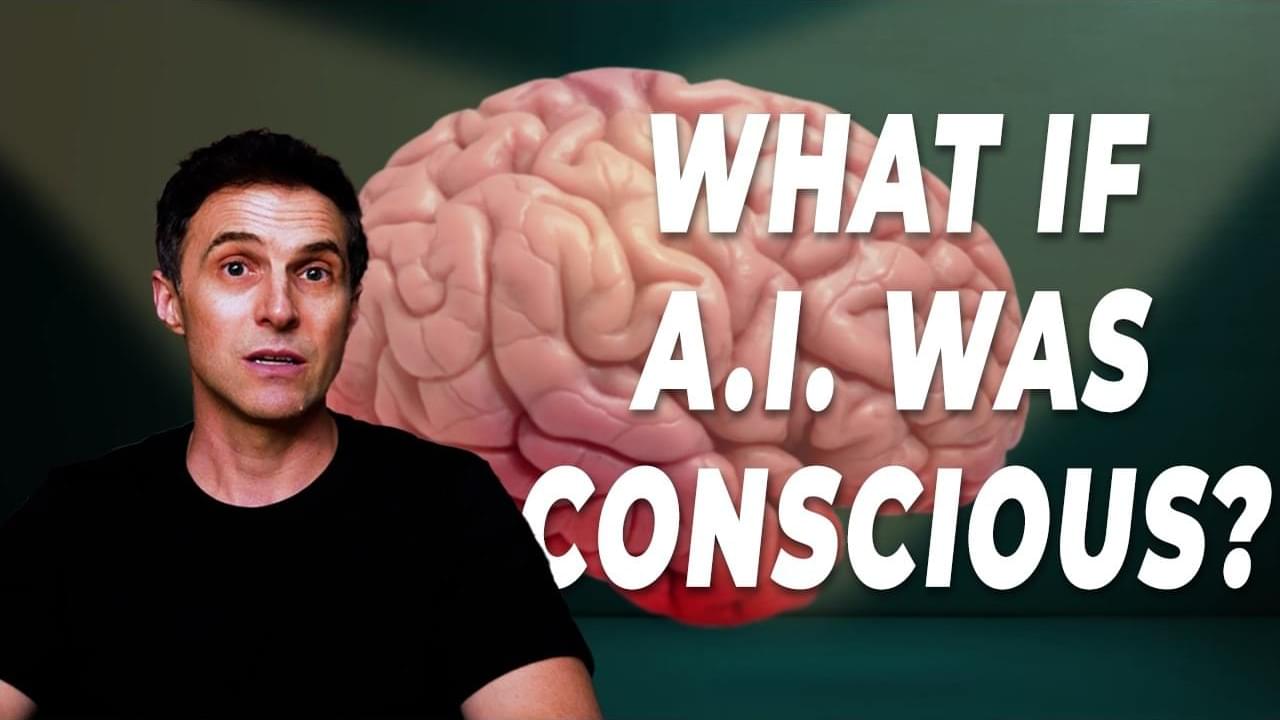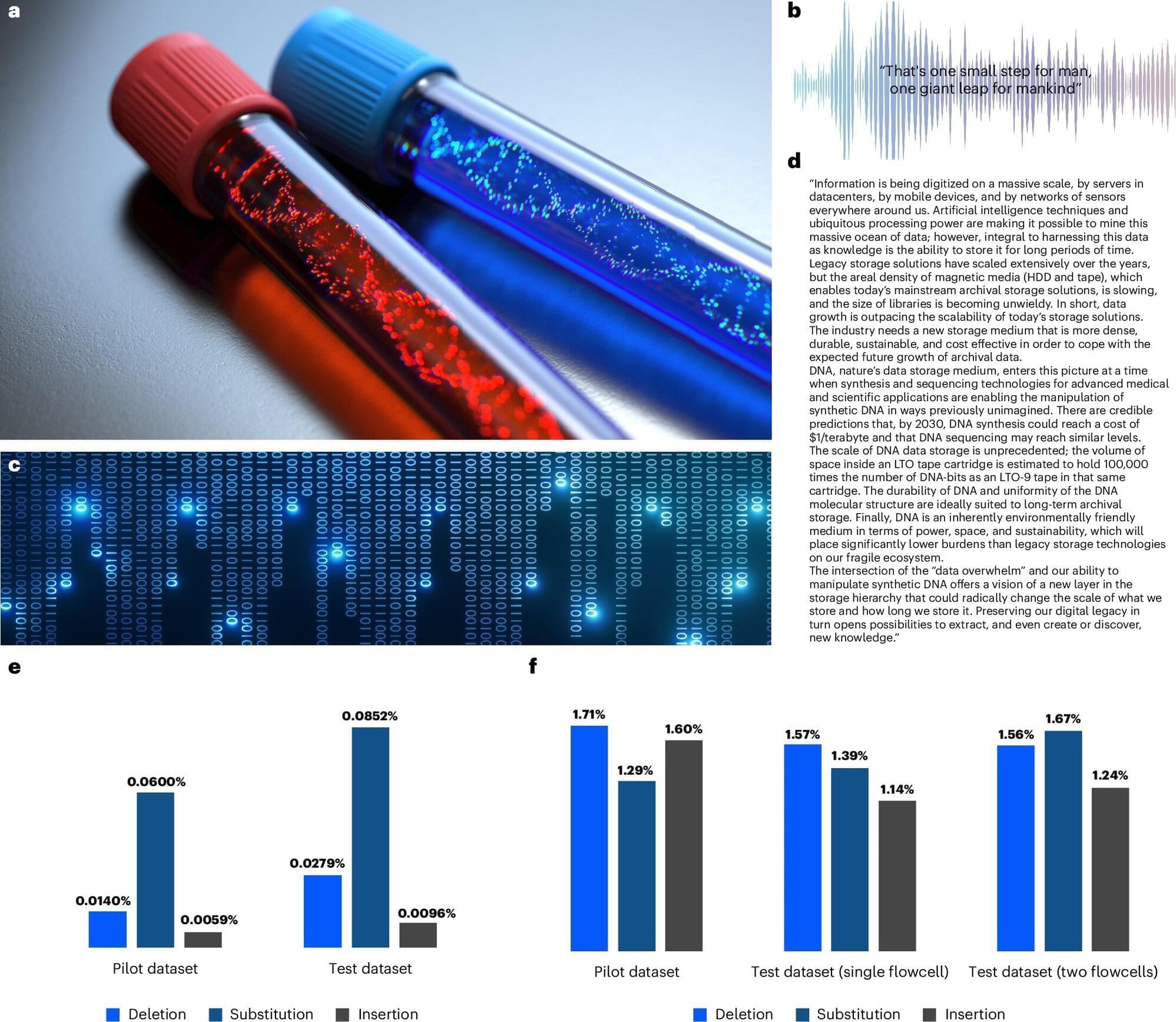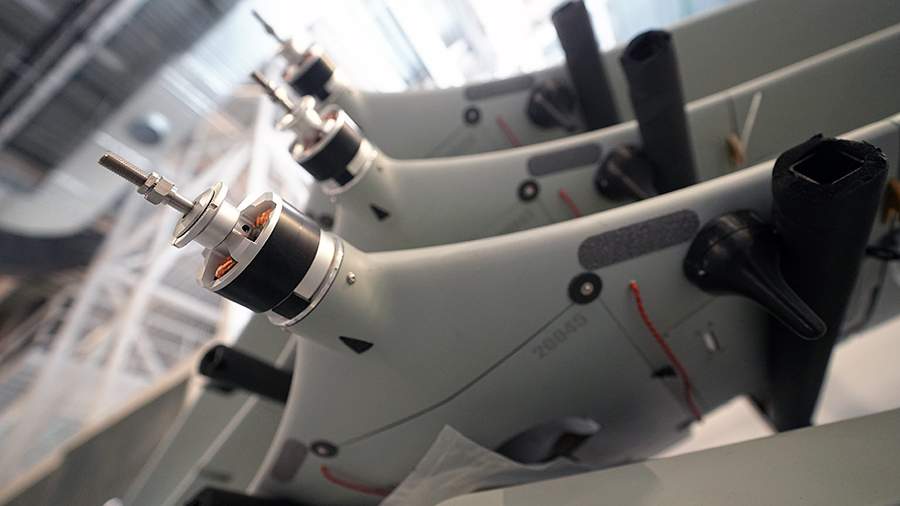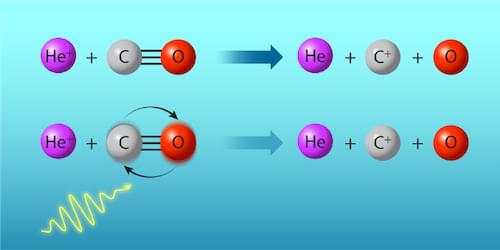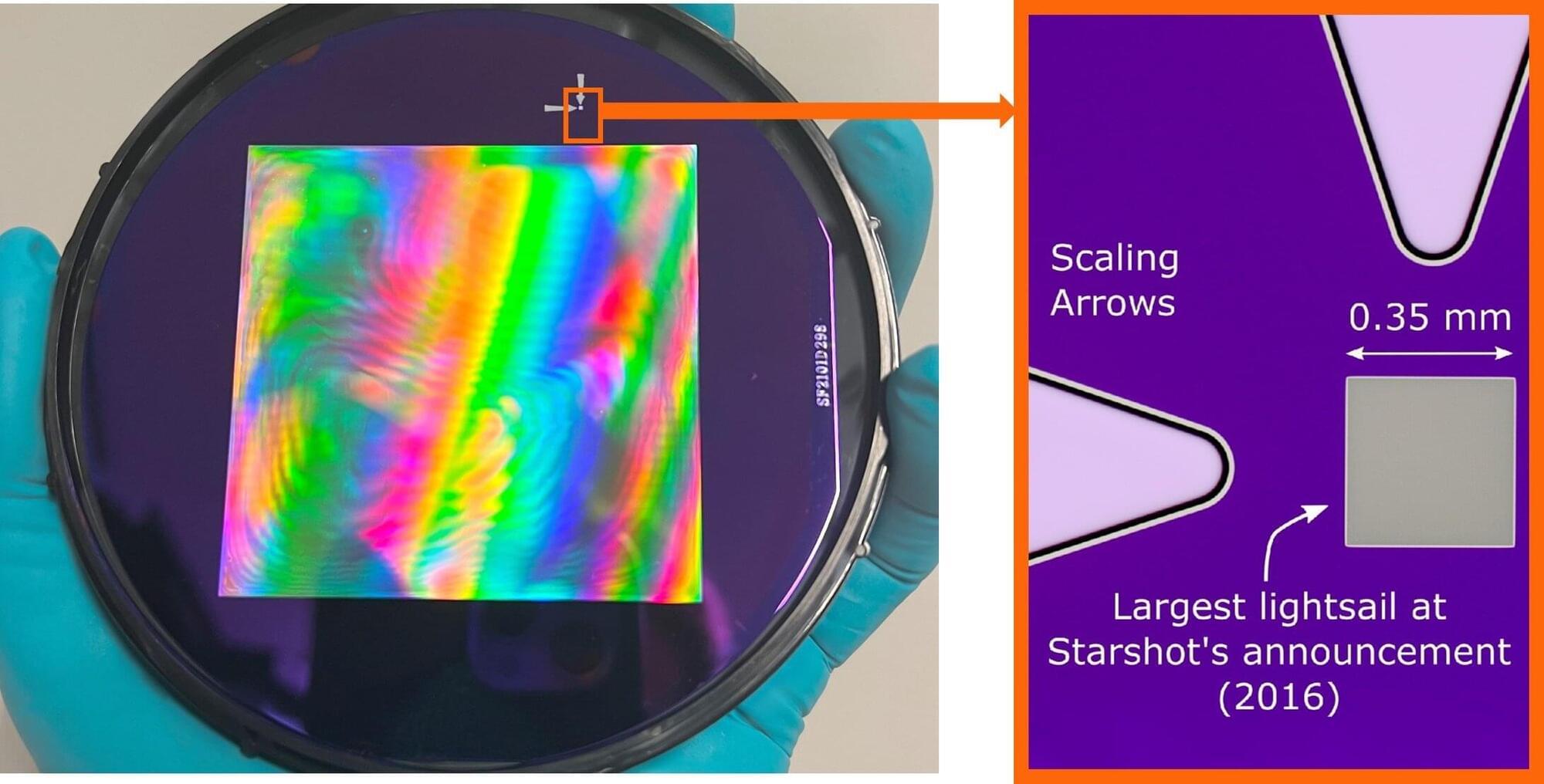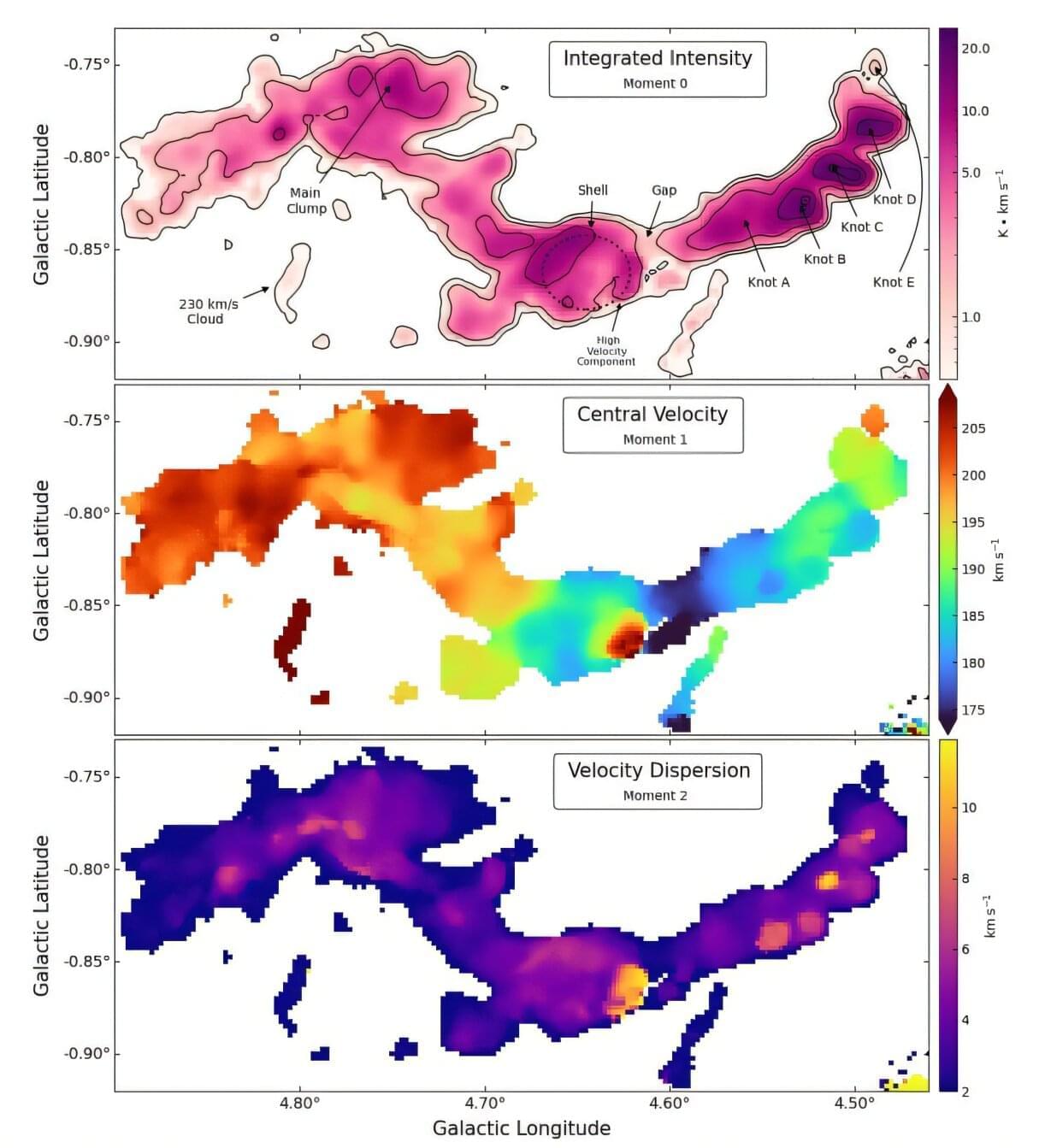
Sporotrichosis, a neglected tropical disease caused by Sporothrix species, is a growing concern, particularly due to the emergence of highly virulent, cat-transmitted S. brasiliensis. Rapid diagnosis and surveillance are crucial for controlling sporotrichosis. This study investigated the 3-carboxymuconate cyclase (CMC) gene, which encodes the major Sporothrix antigen (Gp60–70), as a molecular marker to understand the genetic diversity and evolution of these fungi. Analysis of 104 isolates (S. brasiliensis, S. schenckii, S. globosa, and S. luriei) revealed 79 unique haplotypes, demonstrating superior discriminatory power over traditional molecular markers. High–CMC polymorphisms, especially in S. brasiliensis and S. schenckii, suggest recent population expansion or positive selection, potentially driven by environmental pressures such as polyaromatic hydrocarbon pollutants. The conserved chromosomal location of CMC in pathogenic Sporothrix and its absence in less virulent species suggest a role in virulence. Identifying conserved residues within predicted B-cell epitopes provides targets for diagnostics and therapeutics. Additionally, we identified N-linked glycosylation sequons (e.g. NGS at 62, NNT at 225, and NGT at 373/374) conserved in pathogenic Sporothrix but absent in environmental Sordariomycetes, possibly contributing to pathogenicity and niche adaptation. This study establishes CMC as a valuable marker for understanding Sporothrix evolution and virulence, aiding in sporotrichosis management.
Display full size.

